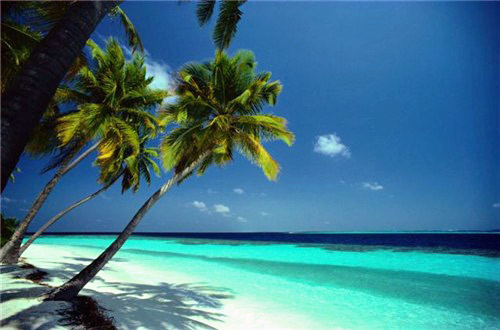Stamp: Hawksbill Turtles (Cayman Islands 1936)
Hawksbill Turtles (Cayman Islands 1936)
01 January (Cayman Islands ) within release Local Scenes goes into circulation Stamp Hawksbill Turtles face value 6 British penny
| Stamp Hawksbill Turtles in catalogues | |
|---|---|
| Michel: | Mi:KY 93 |
| Stamp Number: | Sn:KY 92 |
Stamp is square format.
Also in the issue Local Scenes:
- Stamp - Hawksbill Turtles face value 2½;
- Stamp - Hawksbill Turtles face value 6;
- Stamp - Catboat face value 1;
|
Data entry completed
53%
|
|
|---|---|
| Stamp Hawksbill Turtles in digits | |
| Country: | Cayman Islands |
| Date: | 1936-01-01 |
| Print: | Typography |
| Perforation: | 12½ |
| Emission: | Definitive |
| Format: | Stamp |
| Face Value: | 6 British penny |
Stamp Hawksbill Turtles it reflects the thematic directions:
The Arecaceae is a family of perennial, flowering plants in the monocot order Arecales. Their growth form can be climbers, shrubs, tree-like and stemless plants, all commonly known as palms. Those having a tree-like form are called palm trees. Currently, 181 genera with around 2,600 species are known,
most of which are restricted to tropical and subtropical climates. Most palms are distinguished by their large, compound, evergreen leaves, known as fronds, arranged at the top of an unbranched stem, except for the Hyphaene genus, who has branched palms. However, palms exhibit an enormous diversity in physical characteristics and inhabit nearly every type of habitat within their range, from rainforests to deserts.
Turtles are reptiles of the order Testudines, characterized by a special shell developed mainly from their ribs. Modern turtles are divided into two major groups, the Pleurodira (side necked turtles) and Cryptodira (hidden necked turtles), which differ in the way the head retracts. There are 360 living and recently extinct species of turtles, including land-dwelling tortoises and freshwater terrapins. They are found on most continents, some islands and, in the case of sea turtles, much of the ocean. Like other amniotes (reptiles, birds, and mammals) they breathe air and do not lay eggs underwater, although many species live in or around water.
A beach is a landform alongside a body of water which consists of loose particles. The particles composing a beach are typically made from rock, such as sand, gravel, shingle, pebbles, etc., or biological sources, such as mollusc shells or coralline algae. Sediments settle in different densities and structures, depending on the local wave action and weather, creating different textures, colors and gradients or layers of material.



